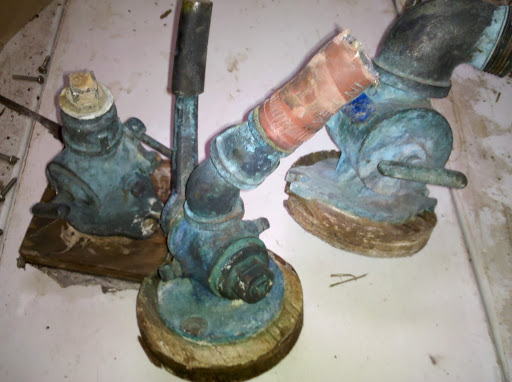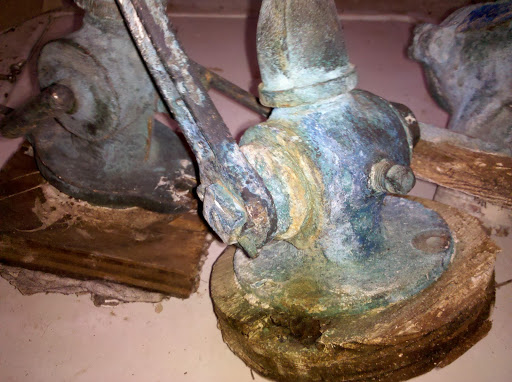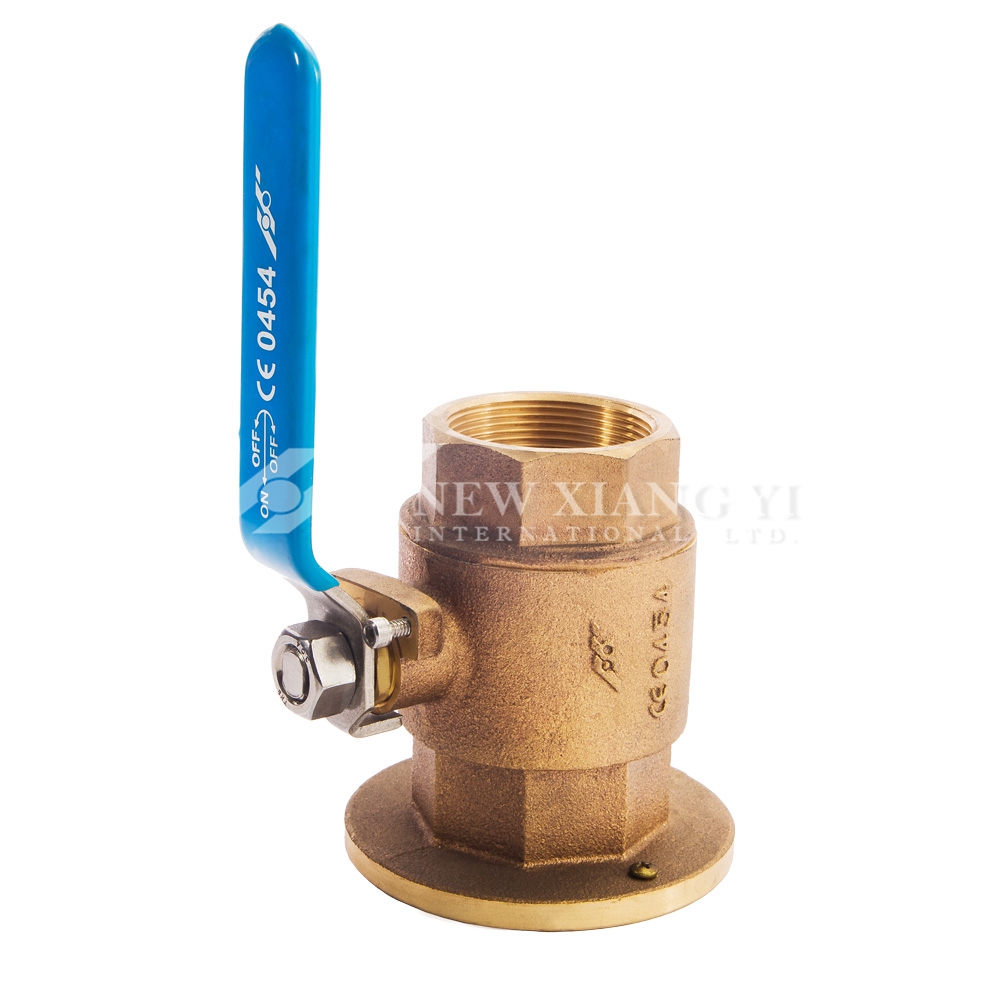
Marine Hardware
Caring for marine seacock valve
CARING FOR MARINE SEACOCK VALVE


Considering the excitement a failed seacock can generate, the lack of attention they typically receive is almost criminal. Tucked away in the dim recesses of your bilge, seacocks typically don’t get a second thought with regards to preventative maintenance or inspections – until they fail to operate or even break off in your hand during operation (it happens, I’ve seen it, and it isn’t pretty).
All thru-hull fittings below the heeled waterline of a vessel must be equipped with a seacock, which is simply a valve that controls water entry or discharge through the hull. Acceptable seacocks will be designed and constructed to meet different standards.
The most common types of seacocks are the flanged sea valve (a seacock with an integral flange used to support and mount it directly to the hull) and in line ball valve, which is a seacock designed to be supported entirely by the through-hull fitting. You may also see gate valves, but they are not recommended for use as seacocks.
The gate valves I typically encounter while surveying are residential type units purchased at the local big box store. These are constructed of non-marine materials (brass rather than bronze) and are extremely prone to corrosion and catastrophic failure without warning. Another strike against gate valves is they give no visual indication of whether they’re open or closed. Worse still, the valve can fail to completely close due to trash or debris, allowing water to enter the vessel even after being closed.
If your boat is hauled, start your seacock inspection at the through-hull, keeping an eye out for leaks, cracks, broken bedding seams and other such issues. Bronze through-hulls that are bright and shiny or pinkish in color should be inspected further for dezincification/corrosion issues.
Next conduct a visual inspection of the seacock, keeping an eye out for anything unusual, such as leaks, damaged or missing components (handles for example) and corrosion. Verify the installation of a seacock backing block and that the block is tight, leak-free, properly sized (with a surface area greater than that of the seacock flange) and in the case of wood blocks, rot free.
Check the seacock for smoothness of operation. Ensure it not only opens and closes, but can be easily reached in an emergency and that the handle can be moved through its full range of operation. If your boat is hauled, you can verify operation of the seacock visually by shining a flashlight into the through-hull from the outside while someone inside opens and closes it. You can also pull the seacock hose to verify operation, which takes more time, but allows you to better check the condition of the hose itself.
If a seacock is difficult to reach, consider installing a pull rod or other such device. Seacocks that are frozen or difficult to operate should be serviced immediately to return them to full operation.
Old, deteriorated hoses and corroded hose clamps are other seacock-related issues to be on the lookout for. Hoses should be supple with no signs of deterioration (cracks, splits, etc) while hose clamps should be tight and free of corrosion. Installation of double hose clamps is also recommended if there is sufficient hose barb to allow it.
Maintenance should include monthly exercising of the valve and a good greasing (if applicable) in the spring and fall.

XIANG YI MARINE (WWW.NXYMARINE.COM)-(WWW.XIANG-YI.COM), Bronze Marine Seacock Valve.
categories
recent posts
copyright © 2026 XIANG YI INTERNATIONAL LTD..all rights reserved. powered by dyyseo.com

ipv6 network supported